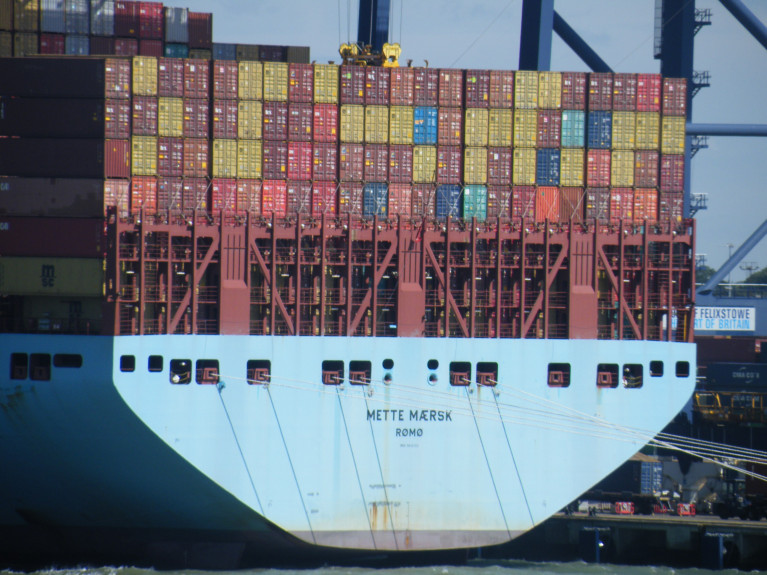Displaying items by tag: Container Reaction
Demand in China Slump Causing Record Void in 'Box-Boat' Sailings
Container lines and their reacton to the lack of cargo export demand from China due to the coronavirus-induced (COVID-19) economic shutdown is becoming evident in record numbers of blanked sailings and inactive vessels.
Some analysts now believe that prolonged disruption could result in radical changes to supply chain sourcing by manufacturers, although few see any meaningful short-term alternative to China for large-scale manufacturing volumes.
As previously reported in Lloyd’s Loading List, ongoing factory closures and trucking shortages in China are not only hurting container shipping demand and freight rates, but also posing a threat to 2020 economic growth.
“China’s extended Lunar New Year holidays and the COVID-19 outbreak have seen demand for cargo space out of China reach a record low during February,” noted Alphaliner.
“Over the past three weeks, some 30% to 60% of weekly outbound capacity has been withdrawn from the Asia-Europe and transpacific trade, as well as from intra-regional routes.”
The latest data from Alphaliner offers the clearest evidence yet that lines are doing all they can to stem losses by withdrawing capacity.
According to the shipping analyst, the inactive container fleet reached a massive 2.04 million TEU on 17 February, 8.8% of the global containership fleet.
“In absolute terms, inactive vessel capacity easily surpasses the previous highs of 1.52 million TEU recorded during the 2009 financial crisis, and of 1.59 million TEU recorded in 2016 in the wake of the Hanjin Shipping bankruptcy,” noted Alphaliner.
More Chinese factories were set to boost output this week, and Maersk CEO Søren Skou said that around 90% of factory capacity would be in operation by the first week of March. Much more on the story from Lloyd'sLoadingList here.






























































